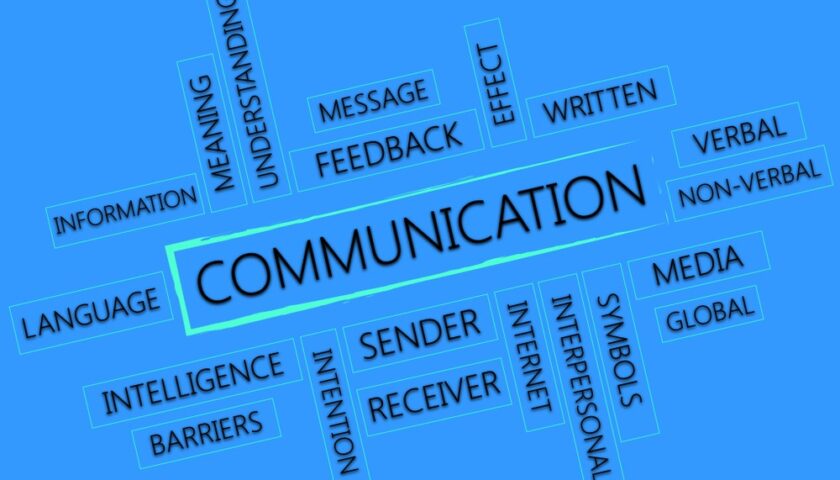Indian Air Force advert
Colleagues share food. Wingmen share fate.
What is Wingman 2.0?
This month on 02 Mar 2021, an Australian-designed military drone that uses artificial intelligence to target enemies conducted its first secretive test flight at Woomera. The Loyal Wingman was developed by US manufacturer Boeing in conjunction with the Defence Department and Royal Australian Air Force (RAAF), which wants to send the system into battle alongside traditional crewed aircraft such as the F-35 Joint Strike Fighter.
Loyal wingman concepts pair a crewed fighter jet with a team of capable but also uncrewed low-cost, attritable aircraft, or LCAA. Each of the uncrewed aircraft can fly forward of its crewed partner and is equipped with a mission-specific payload such as sensors, weapons, or electronic warfare capabilities. These aircraft can also serve as low-cost decoys to help identify and overwhelm enemy air defenses or draw fires away from crewed aircraft. Building these teams conveys a range of operational advantages. Most notably, they serve as powerful force multipliers that will both amplify and optimize the advanced capabilities of crewed aircraft, especially stealthy, fifth-generation aircraft. This kind of teamwork and fusion between humans and AI extends the effective sensor range and kill radius of fighter aircraft and achieve more kills per sortie. The advantages of this form of human-machine teaming appeal to militaries throughout the world. Russian, China, United Kingdom, France, and Turkey are working on such concepts at various stages of development.
Erich Hartmann
It was my view that no kill was worth the life of a wingman. . . . Pilots in my unit who lost wingmen on this basis were prohibited from leading a [section]. The were made to fly as wingman, instead.
Who is a Wingman?
According to the U.S. Air Force,
The traditional military definition of a “Wingman” refers to the pattern in which fighter jets fly. There is always a lead aircraft and another which flies off the right-wing of and behind the lead. This second pilot is called the “Wingman” because he or she primarily protects the lead by “watching his back.”[1]
A wingman is a pilot who supports another aircraft in a potentially dangerous flying environment. The wingman’s role is to support aerial combat by making a flight both safer and more capable: amplifying situational awareness, increasing firepower, and allowing more dynamic tactics. The concept of a wingman is nearly as old as fighter flying. Wingman was originally the aircraft flying beside and slightly behind the lead plane in an aircraft formation. As aircraft technology and weapons evolved the role and responsibility of wingman kept evolving. From two aircraft elements with one aircraft flying beside and slightly behind the lead aircraft during the WW2 era to multiple aircraft flying beyond visual bubble in today’s modern warfare. It is very clear that fighter pilots could not survive using the ‘lone wolf’ tactics.
Now, there is a new “virtual” twist on this relationship.
What is an Unmanned Combat Aerial Vehicle (UCAV)?
UCAV is an aircraft without an onboard human pilot which is able to attack targets and is recoverable and reusable. Current systems tend to be remotely ‘piloted’ by a ground controller, who is then also responsible for conducting any armed engagements. However, future concepts focus on UCAVs that can operate with higher degrees of autonomy, conducting missions with little controller influence following the input of mission information. The weapons employed from a UCAV are generally conventional air-to-ground guided munitions. The advantages and capabilities of UCAVs are numerous, and their value has been demonstrated during current operations in Afghanistan and Iraq.
Artificial Intelligence (AI) in Battlefield
Today soldiers on the battlefield depend more on artificial intelligence than their own comrades. In fact, it doesn’t take wild conjecture to believe that soldiers won’t need to be anywhere near the battlefield but could instead remotely operate sophisticated, intelligent, and sensor-laden weapons of war possessing innate problem-solving abilities. The warfare and battlefield are changing and it could be coming in less than 15 years. AI system at present does not exhibit the kind of general-purpose intelligence that people have where pilots can flexibly adapt to fly in different battlefields and threat environments. Machines at present face limitations in being able to learn new things like humans can and best be used to augment fighter pilots. Military leaders and AI specialists are looking at how the flighter pilot and UCAV be teamed on the battlefield. It is critically important to make UCAV more friendly, reliable and a teammate who is ready to assist.
Building Trust with AI
Every element of the military trains together and learns how its members will react and understand each situation on the battlefield. AI wingman would have to learn how to be part of a team but also how best it can operate with the team. The training will be a two-way street where the pilots as well AI wingman will have to sharpen their skills and abilities. Today AI capabilities are still viewed with an us-versus-them mentality. Trust between members of the team is a complex issue. Trust can naturally be built with transparency and predictable behavior. Any mistake in this could lead to reduced cooperation between fighter pilots and AI wingmen.
Responding to AI Advances
Artificial intelligence (AI) is often portrayed as a single omnipotent force — the computer as God. And sometimes, the AI is evil, or at least misguided. But there are other possibilities. In particular, machine learning may give rise to new forms of intelligence. Machine learning leading to their own artificial experience and behavior just like humans. The question arises, how will we organize, train, and command them – and the humans who will supervise and maintain them? The existing military structure is based on rank and doctrine the has evolved over millennia to manage the complexity of human behavior. With the evolution of AI, the military will have to learn new types of organizations and approaches to training.
Humans fight in a hierarchy of groups, each soldier in a squad or each battalion in a brigade exercising a combination of obedience and autonomy. Decisions are constantly made at all levels of the organization. Deciding what decisions can be made at what levels is itself an important decision. In an effective organization, decision-makers at all levels have a good idea of how others will act, even when direct communication is not possible. Imagine an operation in which AI wingman operating against terrorist groups are spotted and attacked. It is unable to get help as communication has deteriorated due to jamming. A decision must be made: Should they retreat or attack? The decision will likely be difficult and depend on intelligence, experience, and judgment.
Pilots require extensive training according to mission, role, weapons, and threat perception. They learn best from realistic training. Is it going to be any different for AI wingmen? As the capabilities, threats, and missions evolve, AI wingmen will need to be continuously trained and tested to maintain their effectiveness. Achieving experience in peacetime would be essential and that would mean training and training for both AI as well as human pilots.
Conclusion
AI-enabled wingmen will need to be organized, trained, and maintained. The military will need an extensive training program to inform new doctrines and concepts to manage this powerful, but unprecedented, capability. It’s unclear what structures will prove effective to manage AI robots. Only by continuous experimentation can people, including computer scientists and military operators, understand the developing world of multi-unit human and robot forces. We must hope that experiments lead to correct solutions. From the Indian perspective, gaining and sustaining in this competitive area is very vital to national security.
Photo courtesy: www:defensenews.com



